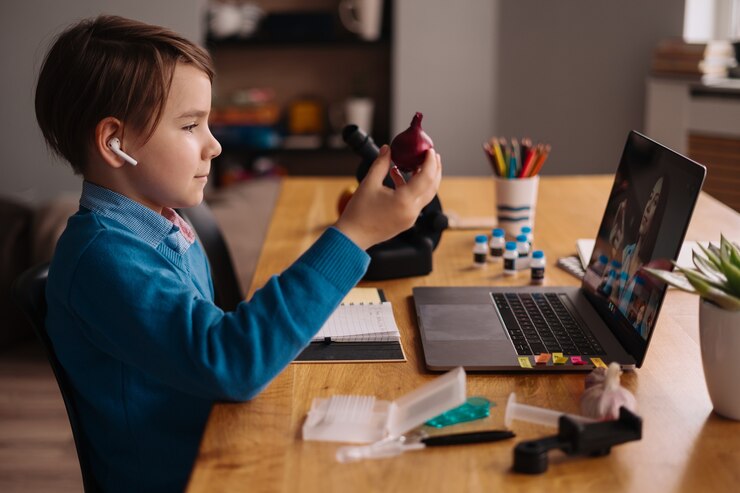In the digital age, children’s educational experiences are increasingly mediated through online platforms. Websites designed for learning are becoming a crucial part of how children interact with information Read More
and knowledge. However, not all educational sites are created equal. The effectiveness of these platforms often hinges on their visual design, which can significantly impact a child’s ability to engage with and absorb educational content. This blog explores how visual design enhances learning for kids on educational sites, focusing on elements that make these platforms both engaging and effective.
The Role of Visual Design in Learning
Visual design is more than just an aesthetic consideration; it plays a pivotal role in the cognitive processes involved in learning. Educational sites having proper web design use visual elements strategically to improve comprehension, retention, and engagement. Here are key ways that visual design contributes to effective learning:
- Clarity and Organization: Clear, well-organized content helps children navigate learning platforms more easily and reduces cognitive load, which is crucial for keeping young learners focused and less overwhelmed.
- Color Psychology: Colors can influence mood and memory. Using bright, engaging colors can stimulate interest and creativity, while calm hues like blue and green can create a calming learning environment conducive to concentration.
- Typography and Readability: Readable typography is critical for learning. Fonts should be clear, and the text size should be appropriate for young eyes. Good contrast between text and background reduces strain and improves accessibility.
Visual Learning Aids
Incorporating visual aids into educational websites can dramatically enhance learning outcomes. These aids include:
- Infographics: These combine images and minimal text to explain concepts quickly and clearly. For children, infographics can break down complex information into digestible, engaging chunks.
- Animations and Videos: Dynamic elements like animations and videos can explain complex processes in simple, engaging ways that texts sometimes fail to convey.
- Interactive Features: Tools such as interactive diagrams, quizzes, and games make learning active rather than passive. These elements encourage kids to participate actively in their learning process, which is essential for deeper understanding and retention.
Case Studies: Successful Educational Websites
Several educational sites are exemplary in how they use visual design to enhance learning:
- Khan Academy: Known for its elegant web design and user-friendly interface, Khan Academy uses clear navigation, engaging colors, and helpful illustrations to guide young learners through educational materials.
- PBS Kids: This site uses vibrant colors, large buttons, and easy-to-read fonts, all of which are attractive and accessible to younger children. Interactive elements are designed to be engaging and educational, reinforcing lessons in an enjoyable format.
- National Geographic Kids: It employs high-quality images and videos to capture the attention of children, accompanied by short, informative text blocks that cater to young readers’ attention spans.
Design Principles for Educational Websites
To maximize their educational potential, websites should adhere to several design principles:
- Simplicity: Keep the design simple and the layout intuitive. Avoid clutter that can distract from the learning process.
- Consistency: Use consistent design elements and layouts throughout the site to help children learn how to navigate and use the site more effectively.
- Accessibility: Design for all children, including those with disabilities. This means ensuring that sites are navigable via keyboard and readable through screen readers, and offering options to change text size and color contrast.
Conclusion
Effective visual design is critical for educational websites aimed at children. By enhancing engagement, improving comprehension, and making the learning process enjoyable, well-designed websites can significantly enhance educational outcomes. As digital platforms become increasingly integral to education, understanding and implementing these design principles is essential for educators and web designers alike to create effective, impactful learning experiences for children.




